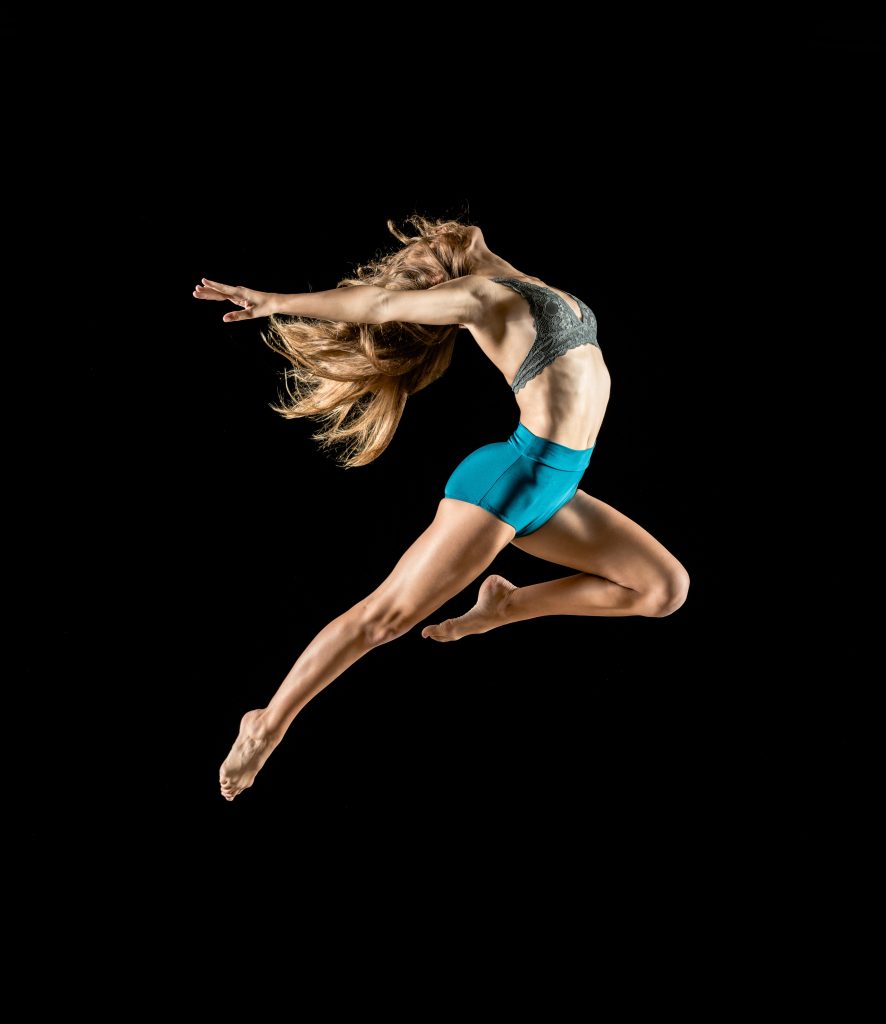
Photo by David Hofmann
We have written this blog due an increased prevalence of this seen in our clinics over the past few months and also fortuitously coinciding with a valuable resource being made available from my Sports and Exercise Medicine colleagues.
In order for athletes to safely maintain and improve their performance through training they need to balance three key areas: Training, Nutrition and Recovery.
Each of these will need to be individually tailored and monitored to ensure the athlete remains healthy. An imbalance in any of these will lead to the increased chance of injury and poor performance. Clearly the needs of a male ultra-marathon runner will not be the same as a female adolescent dancer.
In simple terms you need your energy intake to cover the energy you are expending in your activity and also to fuel essential metabolic processes. If you don’t have enough energy on board your body will start to be at risk of RED-S. You also can be at risk if you have poor quality recovery complicated by stress and reduced sleep. Ultimately the relative energy shortage causes changes to multiple homestatic pathways (reproductive hormones for example) that will manifest itself to the athlete / coach. Sometimes a change in routine may not be that obvious but simple things such as an extra session per week / cycling to training / poor sleep / stress in its many forms may tip you slowly into RED-S.
In female athletes menstrual cycle changes may be a warning that reproductive hormones are not at normal levels. The female athletic triad was a previous well known example of a form of RED-S encompassing: low energy availability with or without disordered eating patterns, menstrual dysfunction and low bone density. This has been incorporated and evolved into the larger model of RED-S model. This model can be accessed by clicking the link at the end.
Male and female athletes particularly at risk:
- Dancers
- Gravitational sports: runners, triathletes, cyclists, runners, climbers, XC skiers.
- Aesthetic sports: rhythmic gymnastics, ice skaters, divers, synch swimmers.
- Weight category sports: light weight rowers, jockeys, martial arts, boxers.
If you want to know more about this in greater detail then here is a link to a fantastic resource sponsored by the BASEM (British Association of Sport and Exercise Medicine). Relative Energy Deficiency in Sport.